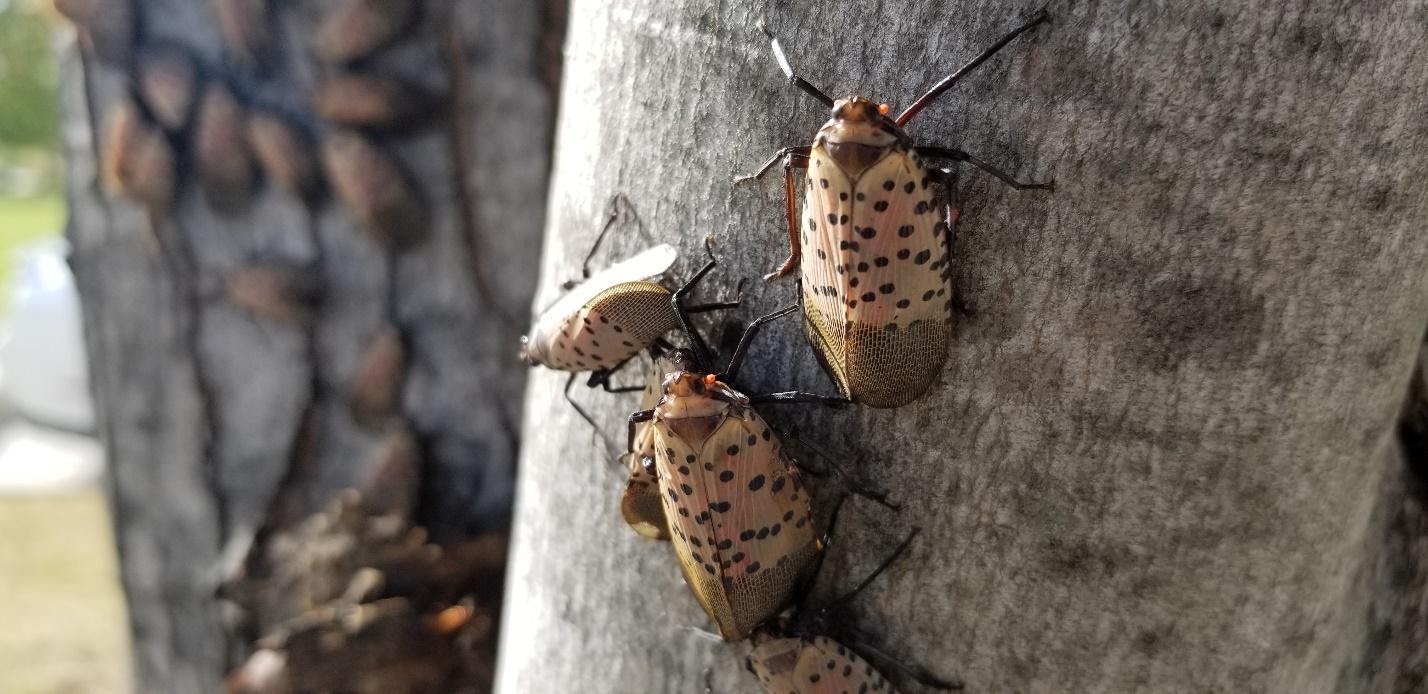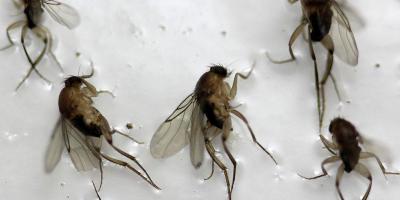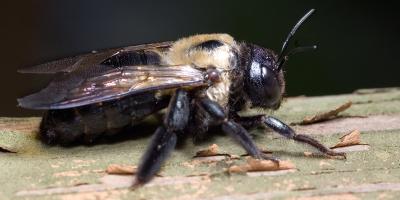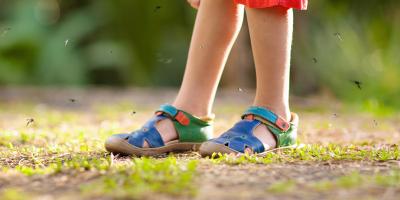Spotted Lanternflies in Mass: Here's the Scoop from the Pros

Should you be concerned about the spike in spotted lanternfly sightings in Massachusetts? Researchers suggest this invasive species could become a real threat to domestic agriculture.
You might be thinking, I’ve never heard of a spotted lanternfly, let alone seen one. It’s important to understand the potential issue that an uptick in the spotted lanternfly population could pose to our trees and plants, and maybe even our economy.
What is the spotted lanternfly? Where does it come from and why is it here? If it’s such a threat, what should I do if I see one?
We’ve got the scoop on all that and more…
The Stats on the Spotted Lanternfly
Considered an invasive species, the spotted lanternfly hails from China and likely made its arrival on American soil via plant or wood shipments. Spotted lanternflies are quite distinctive in appearance: measuring about 1 inch long, these planthoppers are approximately ½-inch wide.
Depending on their life cycle stage, spotted lanternflies have gray wings that feature black spots, or red and black patches emphasized by a white band; their abdomens are yellow, crossed by black bands. In other words, their markings make them easy to spot unless they are at rest, in which case they might seem somewhat camouflaged by their surroundings.
The story of the spotted lanternfly stateside began with its initial appearance in 2014 when it was spotted (pun intended) in Pennsylvania. By 2018, spotted lanternflies had been reported in Connecticut, New Jersey, New York, and also with a dead specimen collected in Massachusetts. More were discovered in Massachusetts in 2020 -- both alive and dead; however, their small numbers tempered any real cause for alarm.
When and why should you be alarmed if you encounter spotted lanternflies on your property?
According to environmental biologist Jennifer Forman Orth, reporting on 2021 infestation in Fitchburg, MA, “Spotted lanternfly is a threat to many agricultural crops that are important here in Massachusetts,” she said. “As we’ve seen in other states where spotted lanternfly has become established, it’s a huge nuisance pest and really can make it challenging for the public to enjoy the outdoors.”
The real threat is economic in nature; the spotted lanternfly feeds on sap from various trees, like the ‘tree of heaven’ (Ailanthus altissima), as well as shrubs and vines that produce important agricultural crops, like apples, grapes, peaches, maple syrup, and wine.
Signs that spotted lanternflies have infested a tree or plant include an accumulation of honeydew, a sticky, sugary liquid either on the plants themselves or on the ground beneath them. This honeydew can result in the growth of black sooty mold, known to damage plants. Oozing or weeping on a plant or tree, especially when accompanied by a fermented odor, can also signal the presence of spotted lanternflies.
What should I do if I see a spotted lanternfly?
While some local governments, like New York and Pennsylvania, have urged residents to kill these pests when they see them, our environmental officials, like Forman Orth, advocate for a more measured approach, asking anyone who believes they’ve seen a spotted lanternfly to report it after comparing the specimen to photos featured on the Introduced Pests Outreach Project website.
With Christmas right around the corner, should you be concerned about encountering spotted lanternflies on your Christmas tree?
While this scenario is unlikely, it’s always a good idea to thoroughly inspect your tree before bringing it indoors. In this case, you should look for lanternfly egg masses on the bark of the tree, which can be scraped off rather easily to ensure nothing hatches inside your house.
Think you discovered a spotted lanternfly on your property? Ask our in-house certified entomologist, Dr. Gary, for a free identification!



